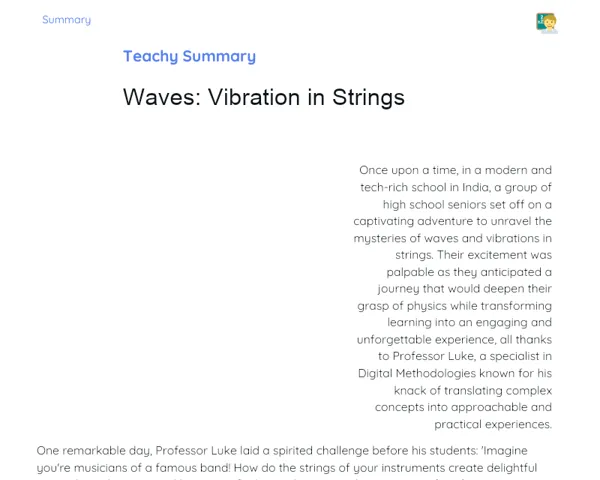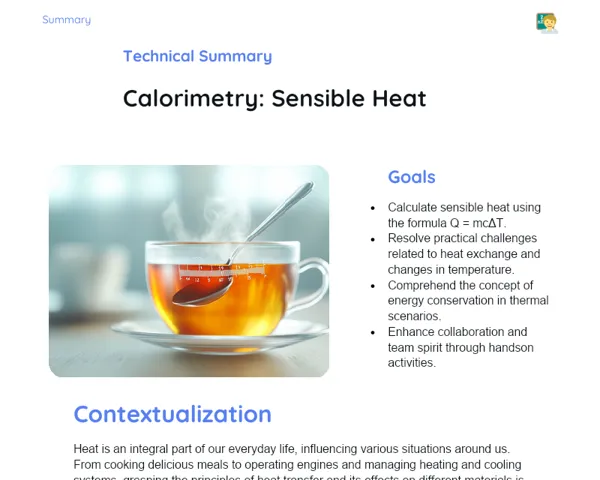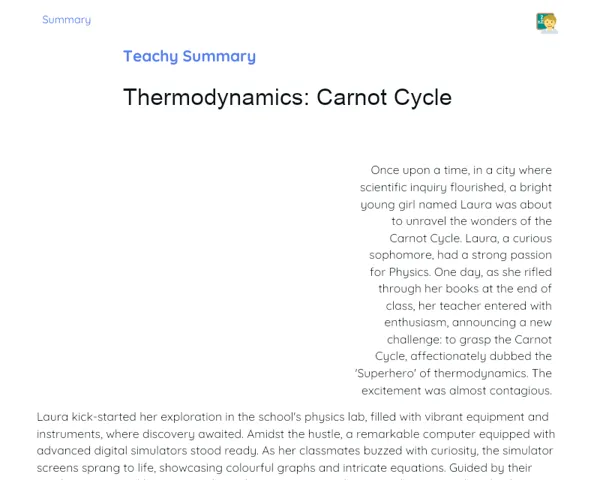Objectives
1. Understand how parallel plate capacitors work and the principles behind them, including the impact of plate area, distance, and dielectric material on their capacitance.
2. Gain practical skills in calculating the capacitance of parallel plate capacitors and applying these principles to real-world engineering projects.
Contextualization
Did you know that capacitors have a history dating back to the 18th century with the invention of 'Leyden jars'? These early devices, made from glass, were used to store electrical charges and paved the way for modern capacitors. Today, capacitors are vital components in all sorts of electronic devices, from common wristwatches to advanced computers. A capacitor's ability to store charge is not just crucial for device efficiency but is also a key factor in ongoing technological advancements.
Important Topics
Plate Area
The size of the plates in a parallel plate capacitor is important as it dictates how much electric charge the capacitor can hold. A larger plate area enables better charge accumulation on each plate, enhancing the capacitor's capacity to store energy.
-
Capacitance increases with plate area. Doubling the area while keeping the separation constant doubles the capacitance.
-
In real-world scenarios, expanding the plate area is often a strategy to improve energy storage capabilities in compact devices.
-
When determining plate area, one must also consider the physical constraints of where the capacitor will be applied.
Distance Between the Plates
The separation between the plates of a capacitor greatly impacts its capacitance. Closer plates result in higher capacitance due to an intensified electric field, thus boosting efficiency in storing electric charge.
-
Capacitance is inversely related to the distance between the plates; halving the distance can double the capacitance.
-
A reduced distance can increase the risk of sparks or arcing at higher voltages, which needs to be taken into account during design.
-
Modifying the distance is a common practice for calibrating capacitance in electronics, allowing for adjustments in performance.
Dielectric Material
The dielectric material placed between the capacitor's plates plays a dual role—it prevents them from touching and influences capacitance. Different materials come with unique dielectric constants, affecting the capacitor's efficiency at storing charge.
-
The dielectric constant acts as a multiplier for capacitance, with high dielectric materials boosting capacitance significantly.
-
Selecting an appropriate dielectric is crucial for optimizing capacitor performance across various applications, from consumer gadgets to extensive industrial machinery.
-
Research into dielectric materials is ongoing, seeking to discover alternatives that provide better effectiveness, durability, and cost-efficiency.
Key Terms
-
Capacitance: The capability of a capacitor to hold electric charge, measured in farads. Capacitance is influenced by the area of the plates, the space between them, and the dielectric material's properties.
-
Parallel Plates: Two conductive plates arranged in parallel, separated by a dielectric, forming the fundamental structure of a parallel plate capacitor.
-
Dielectric: An insulating substance that sits between capacitor plates, enhancing capacitance by minimizing the effective electric field and facilitating more charge accumulation.
For Reflection
-
How does the selection of dielectric materials affect the design and performance of modern electronics?
-
In what ways can engineering tackle space and efficiency hurdles in capacitors for portable devices?
-
What are the ethical and eco-friendly considerations involved in choosing dielectric materials for capacitors?
Important Conclusions
-
Throughout this lesson, we delved into the intriguing realm of parallel plate capacitors, exploring how the plate area, spacing, and dielectric type influence capacitance.
-
We acknowledged the significance of capacitors in our daily lives, from basic electronic tools to sophisticated energy storage solutions.
-
We reviewed both practical and theoretical facets, underscoring the relevance of capacitor studies for future technological progress and engineering solutions.
To Exercise Knowledge
Design and build your own capacitor! Using materials like aluminum foil, paper, and a dielectric of your preference, create a parallel plate capacitor. Measure its capacitance with a multimeter and compare it with the theoretical predictions based on your design.
Challenge
Capacitor Master Chef! Assemble a 'menu' of capacitors featuring different 'recipes' with varying plate sizes, distances, and dielectric materials. Discuss how each 'dish' addresses specific energy storage requirements.
Study Tips
-
Review capacitance, dielectrics, and parallel plates through online simulations and instructional videos to observe these concepts in action.
-
Practice capacitance calculations using diverse configurations in exercises and find real engineering problems in available resources.
-
Share your insights and questions with peers or on online forums to deepen your understanding and gather fresh viewpoints on the subject.



